Last year I had the opportunity to participate in a Mojaloop-led panel session on scheme governance. While Mojaloop is largely a technology focused community, we wanted to use the panel to speak about scheme governance, because technology doesn’t exist in a vacuum: it needs strong business connections to root it in application and usage.
In this blog post, I’ll cover the main points from the session, including an introduction to scheme governance, three common governance models, their alignment to financial inclusion objectives, and the implications for Mojaloop.
Definition of Instant Payments System (IPS)
An instant payments system (IPS) is comprised of three components: the payment scheme, the operator, and the platform. The payment scheme is the set of rules, standards and policies that outlines major IPS decisions. The operator is the entity that manages the IPS from day to day. The platform is the technology or the processing entity that is routing transactions from one digital financial service provider to another. The platform may also provide additional features and functions such as directory services, or as we’re seeing more recently, fraud management. All three of these components combine to form the IPS. This does not include settlement services that the IPS also facilitates.
What is Scheme Governance?
Scheme governance can be defined as the collection of management approaches, decisions, and oversight functions within the payments scheme. Scheme governance is foundational – it sets the tone for everything else that occurs in the system, as the governing body(ies) ultimately determines IPS rules, answering questions like, ‘what is the IPS business model?’ and ‘who gets to be a direct participant in the system?’
Governance Models
There are a number of different governance models in practice today. Glenbrook Partners researched 17 different payment systems across 13 countries and regions, and we found three primary governance structures:
- Central bank-led models
- Commercial entity-led models
- Association-led models
Governance and a Pro-Poor Posture
Scheme governance can either promote or deter financial inclusion, with certain models lending themselves to a more pro-poor posture. By pro-poor we mean the extent to which the system implements a cost recovery plus investment business model that enables very low costs to participants, such that end user pricing is zero, or as low as possible.
We explored the extent to which each model supports or thwarts a pro-poor posture. We found that the central bank-led model and association-led model are best suited to support a pro-poor posture. The commercial-led model does not lend itself to support a pro-poor posture – though it can, as all models can, achieve a pro-poor posture with proper planning and commitment.
Additionally, each governance model has other benefits and risks. For example, central bank-led models can mandate system participation and align IPS objectives with national financial inclusion objectives. Meanwhile, commercial-led models can invest heavily in innovation and pivot quickly, and association-led models can support efficient investments in additional shared infrastructure or services.
As a result, the most suitable scheme governance structure is likely to vary, given country / regional circumstances and priorities.
Mojaloop Implications
The Mojaloop Foundation is applying financial inclusion best practices to design open-source software (OSS) components necessary for an IPS platform. By its very nature, Mojaloop can dramatically change the costs of procuring, implementing, and maintaining a platform. As such, Mojaloop is well-positioned to support schemes with a pro-poor posture.
While certain governance structures may be better suited towards this orientation, all are capable. The Mojaloop community can work with IPS initiatives in their infancy, and even those that are underway or live, to make affordable, interoperable instant payments systems a reality.
To learn more, you can watch the full talk here. Be sure to follow the Mojaloop Foundation on YouTube, Twitter, LinkedIn and Facebook for all the latest.
Blog Author: Cici Northup, Glenbrook Partners

